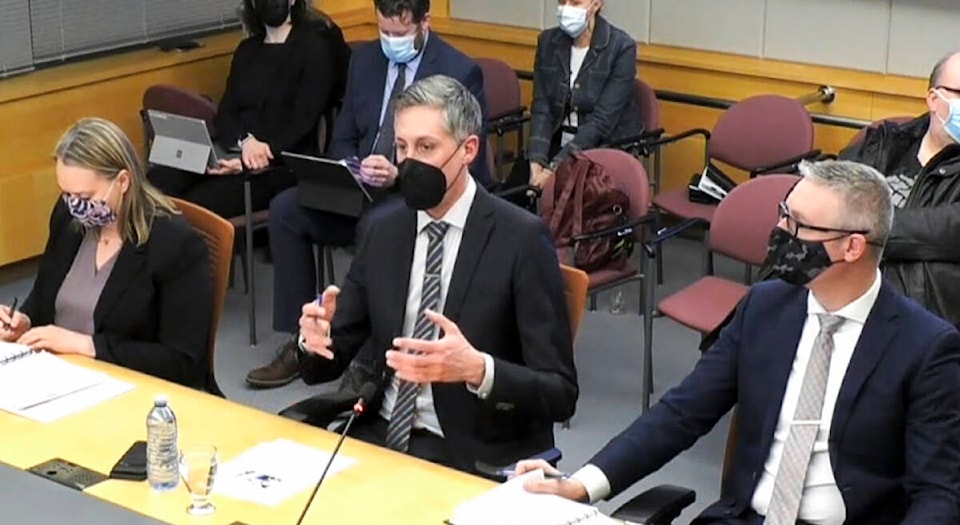Even with childcare set to become more affordable in the Northwest Territories, communities and families will still face significant barriers to accessing services, according to several MLAs on the Standing Committee on Social Development.
The comments were made during a March 7 while MLAs discussed the Department of Education, Culture and Employment’s (ECE) 2030 Early Learning and Child Care Strategy. This plan lays out four goals for improving childcare services over the next decade: improving affordability; creating and sustaining more licensed programs; improving access; and growing the early childhood workforce.
Shelley Kapraelian, ECE’s director of early childhood development and learning, elaborated further on these goals in a presentation. She said ECE plans to create 75 new full-time equivalent childcare spaces by 2022-23 and 300 by 2025-26. In addition, wages would increase for as many as 312 workers in 2022-23 in an effort to retain qualified staff.
These goals are helped by federal funding streams, including $51 million over the next five years to reduce early childcare fees by an average of 50 per cent by the end of this year and to down to $10 per day, on average, by 2025-26. Altogether, the federal and territorial governments will invest a combined $114 million in early childhood education over five years.
ECE Minister R.J. Simpson said between 11 and 13 of the territory’s 33 communities don’t have dedicated early childhood services. He said there are a number of reasons for this, from not having the appropriate facilities to not having enough daycare-aged children to warrant the service.
Inuvik Twin Lakes MLA Lesa Semmler asked how the plan would improve equity across the territory; stay-at-home parents who depend on income assistance, she said, would not qualify for daycare subsidies.
“How are we going to bridge that gap so these children are able to access equitable daycare like any other kid in the Northwest Territories that’s in a currently facility, where their parents can afford it, or afford 50 per cent?” she asked.
Even once the new subsidies come into effect, not every family will see a reduction in their fees by half: rather, the 50 per cent reduction is an average across the entire territory.
Simpson said his department would likely review the income assistance program “so that the price, even $10 a day, isn’t a barrier to anyone.” Income assistance is also the responsibility of ECE.
Monfwi MLA Jane Weyallon Armstrong asked what the department would do to improve access to speech and language pathologists for young children. Many children, she said, enter school without proper language skills, causing many to them to fall behind.
Simpson said early childcare centres already had access to funding they could use to contract speech and language pathologists.
Given the lack of proper infrastructure in many smaller communities, Frame Lake MLA Kevin O’Reilly said the department needs to increase its $1 million per year Early Childhood Infrastructure Fund. “A million dollars is not going to build a daycare in a community that wants one,” said O’Reilly.
Simpson admitted that he shared O’Reilly’s concerns but said nothing more.
